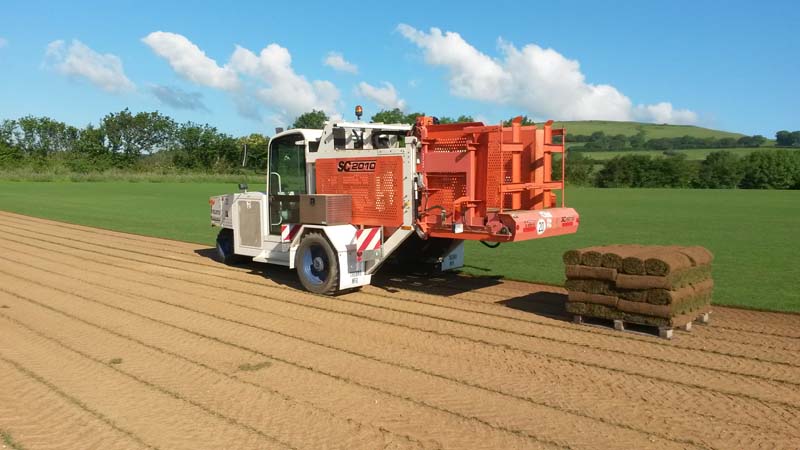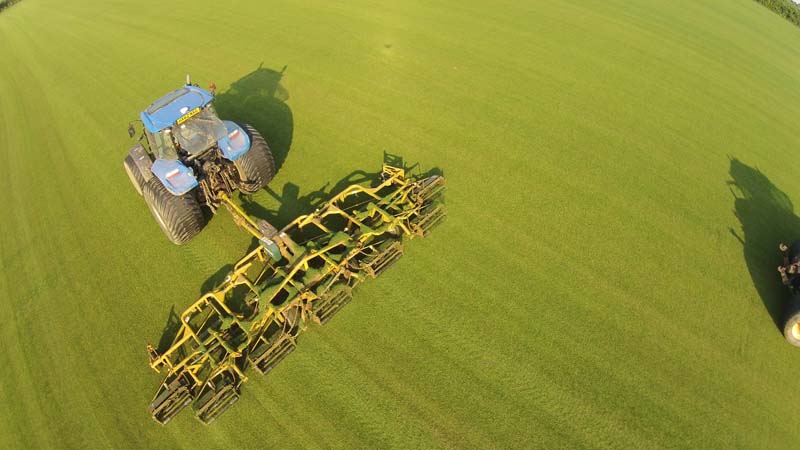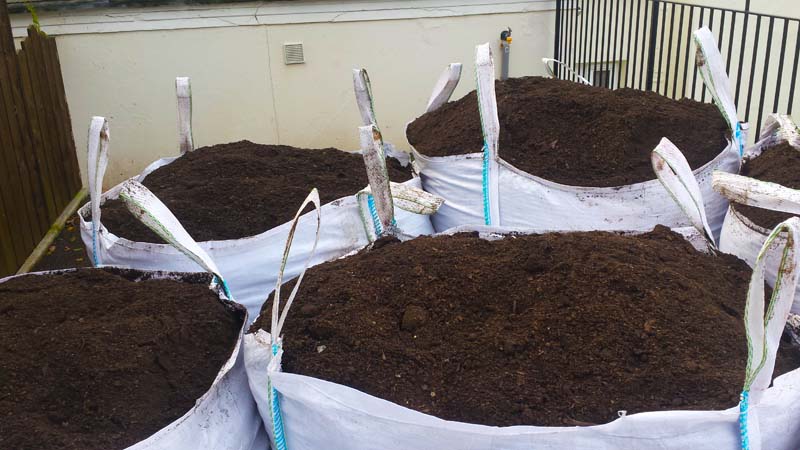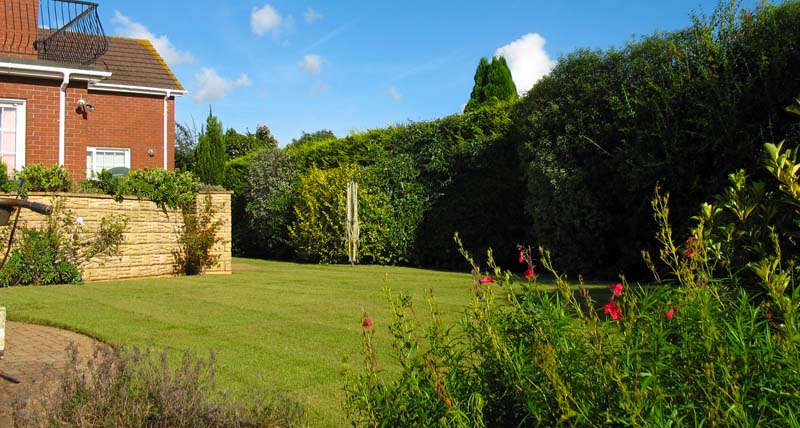Exeter Turf Laying Tips and Lawn Turf Advice
Ground Preparation
One of the most vital tasks of laying a new lawn is ground preparation. Once the turf is laid it will be very hard to correct any bumps, dips or rolling undulations.
Start by clearing the area of any obvious debris including weeds, rocks & roots. If there is is an existing lawn, it will need to be striped off and removed.
Once the area is clear you will need to make a decision:
- Rotavate your existing ground (The best option if your topsoil is good quality or if you can't raise the levels.
- Add Screened Topsoil (The best option if your soil is poor, stoney or in wet conditions)
All Exeter topsoil is screened and dry-stored so it can be leveled easily after the wettest conditions.
Once you have thouroughly rotovated the area or evenly spread your topsoil, rake the soil with a wide straight rake (do not use a wire leaf rake). As you rake, tread in the soil to compact it. rake over the compacted soil to create a firm even base.
Professionals or perfectionists can screed the area with a straight edge to obtain a perfect finish.
Laying The Turf (You will need a sharp knife for the cuts)
Start laying your turf along your longest straight edge, butting up each end to one another. Once you've started to lay your turf you can place planks or boards on the laid turf so you avoid treading on the grass surface or the topsoil.
Start the second row with half a roll so the turf will be laid like brickwork. Continue laying, remembering to butt up all the joints, ensuring there are no gaps. Make any cuts with a sharp knife.
Note: If your garden does not have a straight edge, lay 1 straight line through the middle of the area.
Note: The Turf harvester rolls the turf quite tight so you may have to bend the inside of the roll backwards to ensure the ends butt together well.
Watering (you will need a hose)
As soon as the lawn is laid, water with a sprinkler untill the water has penetrated through the turf and in to the soil underneath. Continue watering twice a day for 2 weeks unless temperatures are below 5c.
Note: Be carefull not to over-estimate the rainfall on warm showery days. Mild weather will evaporate as much water as the showers are putting in so you will still need to water.
Mowing (Petrol is better than Electric)
After 2 weeks you can mow your lawn (based on mild temperatures). Set the mower on the highest setting. You can reduce the height of the grass gradualy but don't mow the lawn to short as it can be detrimental to the health of the lawn. Short cut grass such as greens have comprehensive maintanance plans to keep them healthy.
Note: Try to avoid using hover mowers
Previous page: Freshly Cut Seeded Lawn Turf
Next page: Exeter Turf and soil Prices




